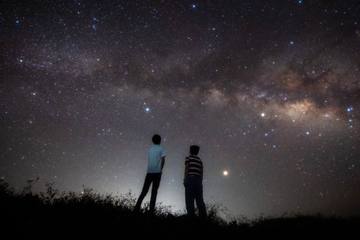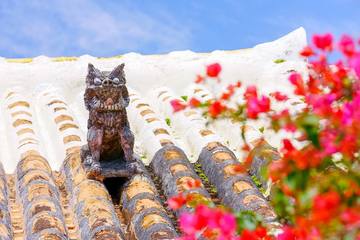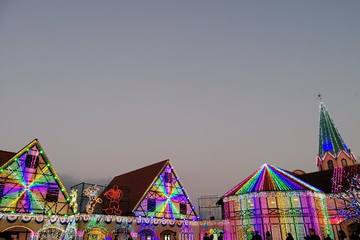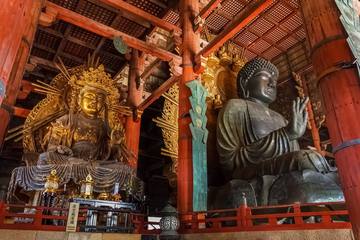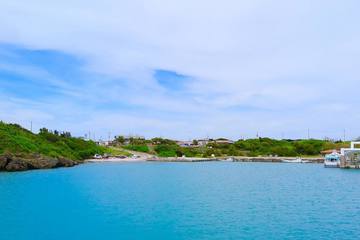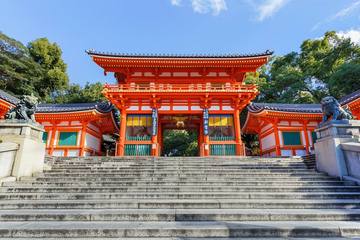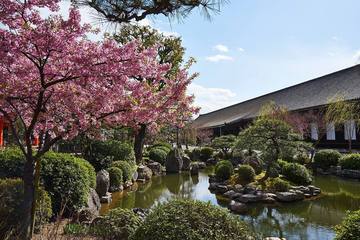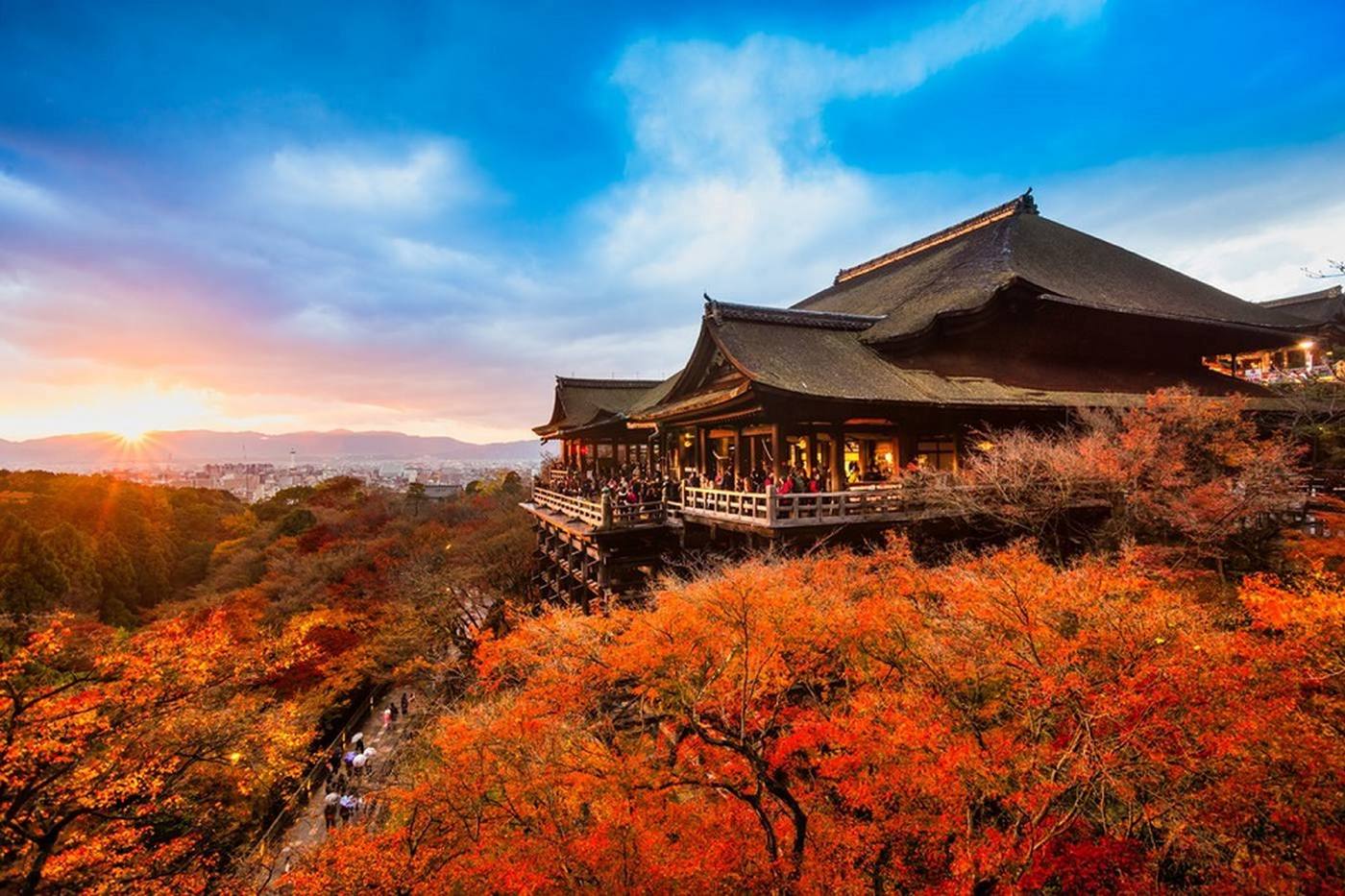
Summary of Kiyomizu Temple Sightseeing Information | Comprehensive Guide from History to Model Routes!
Kiyomizu-dera Temple, located on Mount Otowa, is a famous temple in Kyoto that is well-known nationwide for the proverb "clear water on the stage." It is an essential destination for Kyoto sightseeing. The roof replacement work of the main hall, which had been carried out since 2017, was completed in 2020, allowing visitors to once again admire its magnificent appearance.
With over 1200 years of history, Kiyomizu-dera Temple is full of attractions. We will provide a thorough guide, covering basic information about the temple, local gourmet options, and sightseeing routes in the surrounding area!
*This article is translated using ChatGPT.
For the latest information on each tourist spot and facility, we recommend checking the official website.
- 日本 、京都府
Kiyomizu-dera Temple Basic Information
History
Originally a sub-temple of Kofuku-ji Temple, Kiyomizu-dera Temple later became the head temple of the Kita-hosso-shu, gaining its independence.
In the year 778 (Heian period, 9th year of the Hoeki era), a monk named Enchin Jonin, who had trained in Nara, had a dream prompting him to seek a pure spring to the north. He followed the dream and arrived at the present location of Kiyomizu-dera Temple on Mount Otowa. There, he received an introduction from a layman named Gyoei Koji, who had been practicing asceticism by the waterfall on Mount Otowa. With this introduction, Enchin Jonin carved the Thousand-Armed Kannon (Avalokitesvara) from a sacred tree, and thus, the temple's foundation was established. The waterfall is now known as "Otowa no Taki" and still exists today.
Two years later, in 780 (Heian period, 11th year of the Hoeki era), Enchin Jonin preached to the warrior Sakanoue no Tamuramaro about the sin of killing and the virtues of Kannon. Touched by his teachings, Sakanoue no Tamuramaro devoted himself to Kannon and built a temple on Mount Otowa, thus establishing Kiyomizu-dera Temple. The name "Kiyomizu-dera" comes from the pure water of Otowa's waterfall.
Over the more than 1200 years of its existence, Kiyomizu-dera Temple has experienced numerous fires and been rebuilt multiple times. The buildings that remain today were reconstructed by Tokugawa Iemitsu in 1633. In 1994, the temple was registered as a UNESCO World Heritage Site under the name "Historic Monuments of Ancient Kyoto."
Visiting Hours
The temple is open for visitation from 6:00 AM to 6:00 PM. During the summer months of July and August, it is open until 6:30 PM.
For special evening visits, the opening hours are extended until 9:30 PM (with last admission at 9:00 PM). Please note that the schedule for special evening visits changes annually, so be sure to check the official website for detailed information.
Admission Fee
The admission fee for Kiyomizu-dera Temple is 400 yen. The same fee applies for special evening visits. There is a special reduction system where companions of disabled visitors can enter for free by presenting their identification.
Access
Address: 294 Kiyomizu 1-chome, Higashiyama-ku, Kyoto, Kyoto Prefecture
Parking
There is no parking available within the temple grounds. Please use nearby Kyoto City-owned parking lots or private parking lots. The parking fee at Kyoto City-owned parking lots is 1,040 yen for 2 hours for regular-sized cars. The parking lot can accommodate up to 59 vehicles, but during crowded periods, priority is given to tourist buses and taxis, which may limit availability. We recommend using public transportation whenever possible.
By Train
1. From JR Kyoto Station
Using the city bus is convenient for access from JR Kyoto Station. Take bus routes 206 or 100 and get off at the "Gojo-zaka" bus stop. The temple is about a 10-minute walk from there.
2. From Hankyu Kawaramachi Station (Shijo Kawaramachi) or Keihan Gion-Shijo Station:
If coming from the Shijo area, using Hankyu Kawaramachi Station or Keihan Gion-Shijo Station is convenient. Take bus route 207 and get off at the "Kiyomizu-michi" bus stop, then walk for about 10 minutes to arrive. There are also Kyoto City Bus routes 83, 85, 87, and 88 that stop at either "Kiyomizu-michi" or "Gojo-zaka" bus stops. Walk for about 10 minutes from there to reach the temple.
3. From Keihan Railway Kiyomizu-Gojo Station
The closest station to Kiyomizu-dera Temple is Keihan Railway Kiyomizu-Gojo Station. It takes about a 25-minute walk from the station to the temple.
■ From Fushimi Inari Taisha Shrine
From Fushimi Inari Taisha Shrine, take the Keihan Main Line from Fushimi Inari Station to "Kiyomizu-Gojo Station," which is about 4 stops. From there, walk for about 25 minutes to reach Kiyomizu-dera Temple.
■ From Ginkaku-ji Temple
From the nearest bus stop to Ginkaku-ji Temple, "Ginkakuji-michi," take Kyoto City Bus route 100. After about a 25-minute bus ride, get off at "Kiyomizu-michi" and walk for about 15 minutes to arrive at Kiyomizu-dera Temple.
■ From Gion
Access from Gion is possible by bus or on foot. If using the bus, take bus routes 86, 100, 110, 202, 206, or 207 from the "Gion" bus stop, and get off at "Kiyomizu-michi" bus stop. It takes about 4 minutes by bus and then about 15 minutes on foot to reach the temple. If walking, it takes about 23 minutes. There are various routes to descend from Yasaka Shrine to Kiyomizu-dera Temple, such as Sanneizaka, Ninen-zaka, and Nene-no-Michi. Taking a stroll while shopping for souvenirs or resting at cafes along the way is also a good idea.
Recommended Seasons at Kiyomizu-dera Temple

Illumination (Light-up)
During the special evening visitation period, the temple grounds are illuminated, offering a fantastical and different atmosphere from the daytime. This allows visitors to enjoy the enchanting Kiyomizu-dera Temple. Illumination events are held three times a year during spring, summer, and autumn. Typically, they take place in late March to early April for spring, mid-August for summer, and mid to late November for autumn. As the schedule may change each year, please check the official website for the latest information.
Cherry Blossoms
Kiyomizu-dera Temple is also renowned for its cherry blossoms. The temple grounds are adorned with approximately 1,500 cherry trees, including Somei Yoshino and Yamazakura varieties. The spectacle of cherry blossoms surrounding the stage of Kiyomizu-dera creates a breathtaking and magnificent view. The best viewing time is usually from late March to early April. During this season, the temple also holds special evening illumination events, allowing visitors to enjoy the beauty of night cherry blossoms.
Autumn Leaves
Kiyomizu-dera Temple is one of Kyoto's top spots for autumn foliage. Around 1,000 Japanese maple trees turn their leaves, and the best viewing time is typically from mid to late November. The sea of autumn leaves spreading below the stage is a sight of breathtaking beauty. During the middle to late November of the foliage season, the temple conducts special evening illumination events, providing an opportunity to experience the serene and mysterious atmosphere of Kiyomizu-dera Temple at night.
Recommended Tourist Spots at Kiyomizu-dera Temple
Niomon Gate
Niomon Gate is the main entrance to Kiyomizu-dera Temple. It was rebuilt during the late Muromachi period and underwent restoration in 2003. The gate is a traditional hirairi-style structure with cypress bark roofing, showcasing Japan's architectural traditions. While most of the temple buildings were destroyed by a fire in 1629, Niomon Gate remains preserved from the original construction during the Muromachi period. It was designated as an Important Cultural Property of Japan in 1966.
Three-Story Pagoda
Kiyomizu-dera's Three-Story Pagoda is considered one of the largest Buddhist pagodas in Japan, standing approximately 31 meters tall. It was first built in 847 and has been reconstructed multiple times, with the current structure dating back to 1632. The interior houses a statue of Dainichi Nyorai (Mahavairocana) and the vivid red color of the exterior represents the essence of Momoyama culture, prevalent during the construction period. The pagoda serves as a symbol of Kiyomizu-dera and plays a vital role in shaping the scenery of Higashiyama. It was designated as an Important Cultural Property of Japan in 1966.
Main Hall
The Main Hall houses the principal deity, the thousand-armed Kannon statue, and was reconstructed in 1633. The stage protruding from the sleeping-palace style building is built with cypress boards and is about 13 meters high from the cliff below. This stage is a remarkable example of the kakezukuri construction technique, where no nails were used in its construction. Designated as a National Treasure in 1952, the stage has been a place to offer various performing arts, such as dances, Noh plays, and Kabuki, to Kannon. The expression "to jump off the stage of Kiyomizu" comes from the practice of leaping from this stage, symbolizing the determination to carry out decisions.
Jishu Shrine
Jishu Shrine, also known as the "God of Matchmaking," is famous for its power to bring good relationships and blessings for marriage seekers. The "Love Stone Fortune-telling," where visitors walk between two stones with their eyes closed, is a popular attraction for tourists from around the world. The entire shrine is designated as an Important Cultural Property of Japan and is also part of the UNESCO World Heritage Site.
Otowa Waterfall
Otowa Waterfall is the location where Enchin Shonin, the founder of Kiyomizu-dera, sought spiritual guidance from Gyoe Koji. The name of Kiyomizu-dera comes from the pure and sacred water of this waterfall. The flowing water is believed to have the power to purify the six senses and grant wishes, including the healing of illnesses. The waterfall splits into three streams, each representing "golden water," "longevity water," and "holy water," known for its purifying properties.
Zuigu-do Hall
Zuigu-do Hall enshrines Daizuigu Bodhisattva, believed to fulfill various wishes, as well as deities for matchmaking, safe childbirth, and child-rearing. The hall is very small and pitch dark inside, resembling the inside of a Buddha's body. Visitors can experience a practice called "Tainai Meguri," where they follow a rosary in the darkness and cleanse themselves spiritually.
Kyodo Hall
The current Kyodo Hall was reconstructed in 1633 and restored in 2000. The hall houses a triad of Shaka Sanzon (Buddha Triad) statues and features a magnificent ceiling painting of a circular dragon, created by the Edo-period artist Okamura Nobuki. Designated as an Important Cultural Property of Japan in 1966.
Recommended Sightseeing Route around Kiyomizu-dera Temple

Start your journey at Kiyomizu-dera Temple, and after exploring its premises, head towards Yasaka Shrine on the stone-paved slopes of Sannen-zaka (Sannen Slope) and Ninen-zaka (Ninen Slope). This district is designated as an Important Preservation District for Groups of Traditional Buildings and has been bustling with souvenir shops and sweet stores for a long time. It's a great spot for sightseeing, shopping for souvenirs, and taking a break at a cozy café.
As you proceed along Ninen-zaka, you'll come across the magnificent Goju-no-to (Five-Story Pagoda) at Hokan-ji Temple. The pagoda is also known as "Yasaka-no-to" and serves as a landmark in the area. Opposite Hokan-ji Temple, you'll find "Yasaka Koshin-do," known for its colorful amulets and the famous "kukurizaru" (tied-up monkeys) display. It's a perfect photo spot, so be sure to stop by and take some pictures.
Continuing towards Ishin no Michi (The Road of Restoration) and Nene no Michi (Nene's Path), you'll reach Kodai-ji Temple. This temple was built by Nene, the wife of Toyotomi Hideyoshi, to mourn her husband and spent her later years here. Following Nene no Michi, you'll eventually arrive at Yasaka Shrine, marking the end of your journey.
Recommended Local Delights around Kiyomizu-dera Temple
Agoya Chaya
Located on Ninen-zaka (Ninen Slope), this place offers an "ochazuke" (rice with tea poured over it) buffet with over 20 varieties of pickled vegetables. You can enjoy a healthy lunch with a salad bar vibe. As it's a popular spot, they use a reservation system where you sign up and wait for your turn, allowing you to explore the nearby shops and attractions while you wait.
- Address: 3-343 Kiyomizu, Higashiyama-ku, Kyoto, Kyoto Prefecture
Ten
This Japanese café specializes in sweets centered around matcha (green tea). They use ceramics created by pottery artists, providing a serene atmosphere to savor your treats. Their signature item, "Matcha Rare Cheesecake," is especially popular and tends to sell out quickly, so consider yourself lucky if you can get your hands on it.
- Address: 2-208-10 Kiyomizu, Higashiyama-ku, Kyoto, Kyoto Prefecture
Ninen-saka Marun
This shop sells various treats like "konpeito" (sugar candy) and Kyoto-style sweets using matcha. The bottled, colorful, and cute sweets they offer are photogenic and make excellent gifts or delightful treats for yourself. They are known for providing unique and slightly unconventional souvenirs that are loved by many.
- Address: Yasaka-dori Ninen-zaka Nishi-iru, Higashiyama-ku, Kyoto, Kyoto Prefecture
*Thank you for reading the article!
To improve YOKKA's service, we kindly request your participation in a survey below.
YOKKA

